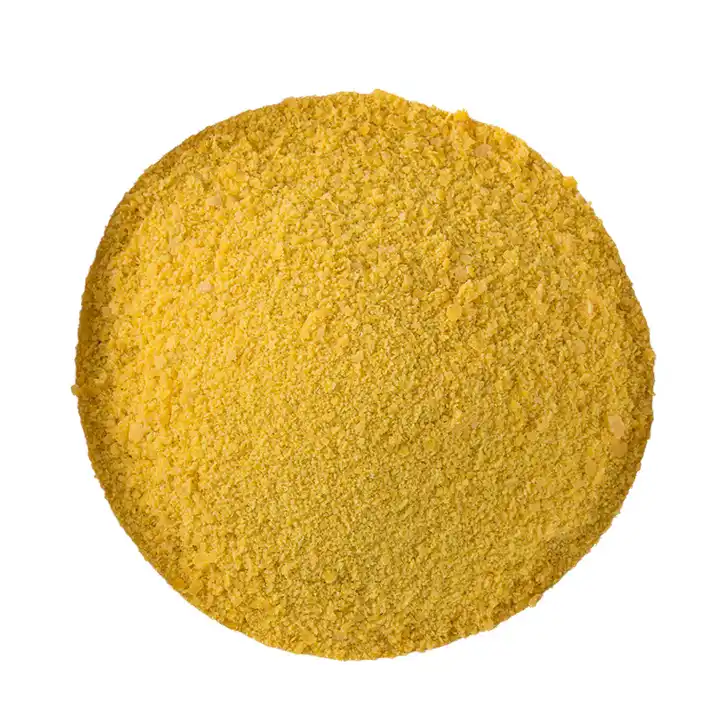Polyaluminum chloride (PAC) is a widely used chemical agent in water treatment, delivering effective results in swimming pool water. The cleanliness and sanitation of swimming pool water are crucial for ensuring the health of swimmers. Polyaluminum chloride, with its excellent flocculation and sedimentation capabilities, proves highly effective in removing suspended solids, organic matter, and microorganisms from the water. This article delves into the detailed application of polyaluminum chloride in swimming pool water, emphasizing its outstanding properties and significant role in maintaining water quality.

Currently, the most common disinfectants in swimming pools are tablets and powder based on trichloroisocyanuric acid. In recent years, polyaluminum chloride has emerged as a new water treatment agent for swimming pools, gradually gaining attention. Its exceptional properties effectively enhance pool quality, establishing it as an excellent water treatment agent. The incorporation of new materials and technologies in this field is expected to offer more options for pool water purification, allowing swimmers to enjoy clear and hygienic water.
Reasons Why Polyaluminum Chloride Works Well in Swimming Pools
Polyaluminum chloride plays a vital role in purifying swimming pool water post-disinfection. Traditional disinfectants in swimming pools use chlorine trioxide as the main component, a volatile chlorine-containing agent. The rate of volatilization is directly linked to sunlight and air temperature, especially in the intense sunlight and high temperatures of summer, leading to rapid disinfectant evaporation.
Adding disinfectant water after pool closure each day ensures extended disinfection during the cooler, darker night hours. This method enhances the thoroughness and effectiveness of swimming pool water disinfection. Conversely, if disinfectant is added before opening, the residual chlorine might not meet hygienic requirements due to rapid evaporation.
Therefore, when polyaluminum chloride is introduced into purified water, it exhibits excellent flocculation and sedimentation properties. It effectively captures fine particles and organic matter suspended in the water, converting them into flocculent substances, facilitating further sedimentation and filtration. This not only improves water quality but also extends disinfection time, ensuring hygiene and cleanliness when the pool is open. The role of polyaluminum chloride in swimming pool water is mainly to complement pool disinfectant, ensuring water cleanliness and safety.
Dosage of Polyaluminum Chloride in Different Water Quality
- In low turbidity water, dilute the solid polyaluminum chloride product with tap water at a weight ratio of 1:3, then stir until completely dissolved.
- For domestic and production wastewater, add about 30 grams of polyaluminum chloride per ton of wastewater. Then add the diluted polyacrylamide product. Adjust the dosage if needed.
- When treating papermaking wastewater in low turbidity water, allocate it according to a certain proportion, adjusting as necessary.
- When the turbidity of raw water is 100-500 mg/L, the dosage is 5-10 mg, i.e., 5~10 kg per 1,000 tons of water. Test before use to determine the optimal value.
Precautions When Using Polyaluminum Chloride
- Conduct a small test based on water quality to select the optimal location for good purification and low investment.
- Dissolve the solid state in water into a 10-25% mixed solution, then dilute to the required concentration, adding water slowly while stirring continuously.
- Do not mix water purifiers from different factories or brands, nor mix with other chemicals.
- The original solution and diluent have a slight corrosive effect, lower than all other inorganic flocculants.
- Effective storage period: half a year for liquids and two years for solids. Solid products can still be used after dampening.
In conclusion, in the treatment of swimming pool water, polayluminum chloride holds an irreplaceable position due to its excellent flocculation and sedimentation capabilities, efficient removal of organic matter, and long-term improvement of water quality. Through strict and scientific water quality management, swimmers can enjoy free and safe water activities in the pool.
